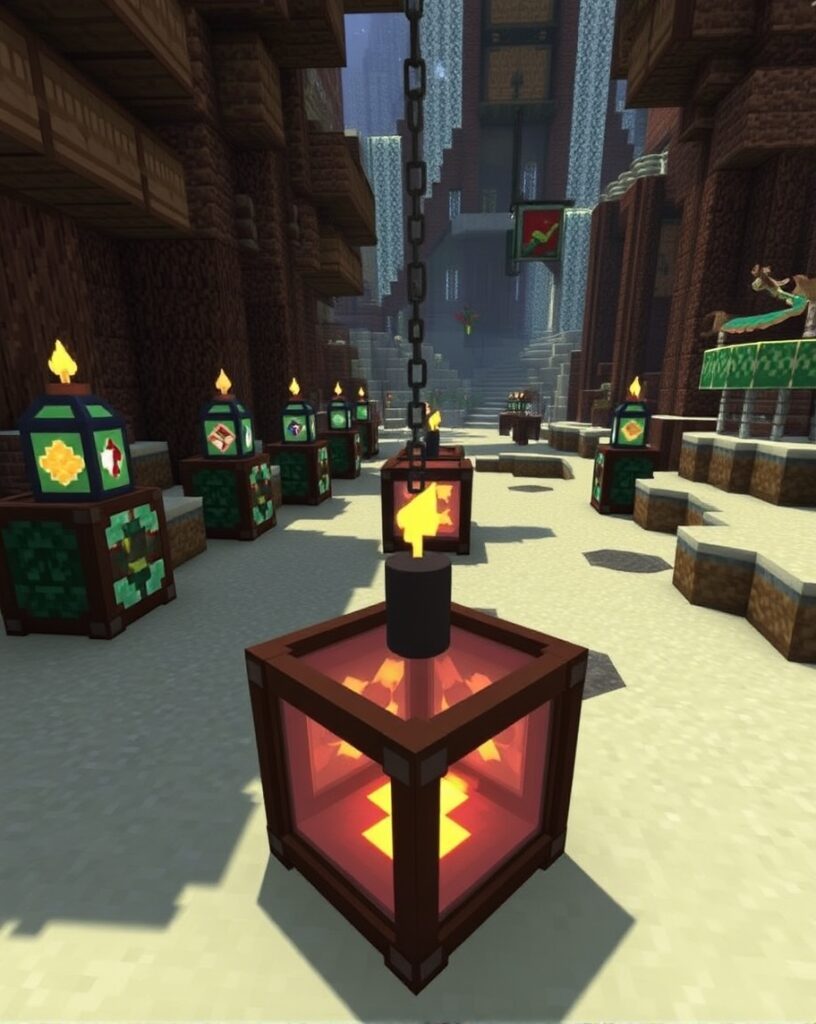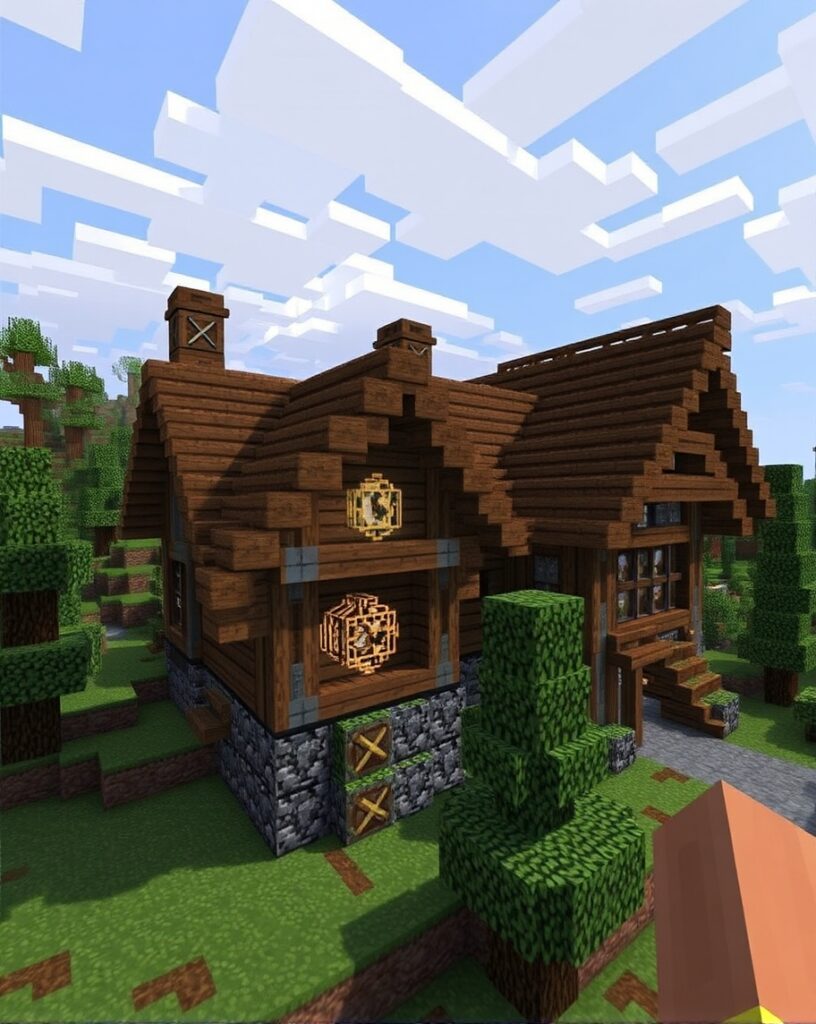When you think of baubles, what comes to mind? Perhaps a vivid memory of a cherished holiday, sparkling lights, and ornaments hanging from a well-decorated tree. Baubles, those delightful decorations that often adorn our homes during festive seasons, have a history that transcends mere decoration. They carry stories, emotions, and traditions that are rich and varied.
Baubles have evolved over centuries, from simple trinkets to intricate works of art. As you read through this article, prepare to discover the enchanting world of baubles, where each piece tells a story, and every detail matters.
The Rich History of Baubles
Baubles have been part of human culture for centuries. Initially used in ancient rituals, these decorative pieces evolved to symbolize prosperity and celebration.
Imagine walking through a bustling market in ancient Rome. Vendors shout their wares, and among the vibrant textiles and shimmering metals, you notice baubles crafted from glass and precious stones. These were not just decorative items; they were tokens of love and prosperity, cherished by families and handed down through generations.

The Evolution of Baubles Through Time
As we journey through time, we see baubles adapt to the tastes and trends of each era. From the Victorian era’s intricate glass ornaments to the modern, minimalist designs we see today, the evolution is fascinating.
Each period brought its unique flair. The use of materials changed dramatically—from hand-blown glass in the 1800s to eco-friendly options in today’s market. Isn’t it intriguing how something as simple as a decorative ornament can reflect the values and aesthetics of its time?
Types of Baubles: Exploring the Variety
Traditional Baubles
Traditional baubles are often glass or metal ornaments used during the holiday season. They come in various shapes, sizes, and colors, each holding a story of its own.
For instance, the classic round glass ornament, often seen hanging on Christmas trees, is filled with memories of family gatherings and celebrations. Many families have a special bauble that symbolizes a significant event or milestone.
Modern Baubles
Fast forward to today, and you’ll find baubles have taken on new forms. Think of contemporary designs that incorporate mixed materials like wood, fabric, and even recycled plastics.
This shift not only reflects changing tastes but also a growing awareness of sustainability. Choosing modern baubles can enhance your decor while also supporting eco-friendly practices.
Creating your own baubles can be a fun and rewarding project that adds a personal touch to your home decor or makes unique gifts. Whether you’re decorating for the holidays, celebrating a special occasion, or just want to add some charm to your space, homemade baubles can be a delightful addition. Follow this step-by-step guide to craft your own baubles with ease!
Materials Needed
Before you start, gather the following materials:
- Clear plastic or glass baubles (available at craft stores)
- Acrylic paints or glitter
- Ribbons or twine for hanging
- Hot glue gun and glue sticks
- Small decorations (e.g., beads, sequins, dried flowers, or tiny ornaments)
- Paintbrushes
- Scissors
- Water (for rinsing brushes, if needed)
- Newspaper or a crafting mat (to protect your workspace)
Step 1: Choose Your Base Baubles
Begin by selecting the type of baubles you want to create. Clear plastic baubles are great for filling with decorations, while glass ones can be painted or embellished on the outside.
Tips:
- Plastic baubles are less fragile, making them a better option for kids or for outdoor use.
- Glass baubles offer a classic, elegant look but require careful handling.
Step 2: Prepare Your Workspace
Lay down newspapers or a crafting mat to protect your workspace from paint and glue. Ensure you have good lighting and all your materials within reach.
Step 3: Decorate the Baubles
Option A: Painting
- Remove the top of the bauble.
- Use acrylic paints to create your design. You can use a paintbrush for intricate designs or pour paint inside the bauble, swirling it around to cover the inside.
- Allow the paint to dry completely before proceeding.
Option B: Glittering
- Apply glue inside the bauble.
- Pour in glitter and shake to coat the inside.
- Empty any excess glitter and let it dry.
Option C: Filling
- If you’re filling the bauble, gather your small decorations.
- Carefully insert your chosen items into the bauble, using a long tweezers or your fingers to position them as desired.
Step 4: Add Ribbons and Twine
Once your baubles are decorated and dried, it’s time to add the finishing touch:
- Cut a piece of ribbon or twine (about 12 inches long).
- Thread it through the top of the bauble and tie it into a bow or knot for hanging.
- You can also glue small embellishments to the bow for added flair.
Step 5: Finishing Touches
Inspect your baubles for any imperfections. Touch up any paint or glue as needed.
- If you used beads or sequins, ensure they are securely attached.
- Consider adding a small tag with a name or date for a personalized touch.
Step 6: Display or Gift Your Baubles
Now that your baubles are complete, it’s time to show them off! Hang them on your tree, use them as part of your home decor, or package them beautifully as gifts for friends and family.
Tips for Displaying:
- Create a garland by stringing several baubles together.
- Use a decorative bowl or jar to showcase them on a table.
- Hang them from branches or hooks for a whimsical touch.

Baubles in Different Cultures
A Global Perspective
The significance of baubles extends beyond the Western world. Different cultures celebrate with unique ornaments that tell their stories.
In Germany, for instance, glass baubles are a cherished tradition. Handcrafted in the small town of Lauscha, these ornaments are a testament to craftsmanship.
The Role of Baubles in Festivities
Baubles are often synonymous with celebrations. They mark the beginning of festivities and are a crucial part of decorations.
During Christmas, for example, families often gather to decorate the tree, sharing stories and laughter. Each bauble placed on the tree can spark a memory, connecting generations through time.
Caring for Your Baubles
Proper Storage Techniques
To maintain the beauty of your baubles, proper care is essential. Here are some tips for keeping them in pristine condition:
- Clean Gently: Use a soft cloth to clean your baubles. Avoid harsh chemicals that can damage the surface.
- Store Safely: Place baubles in a sturdy box lined with soft fabric. This will protect them from scratches and breakage.
- Avoid Temperature Shifts: Store your baubles in a cool, dry place to prevent condensation and warping.
Repairing Damaged Baubles
Accidents happen. If you find a broken bauble, don’t despair! Many can be repaired with a little glue. For glass baubles, a specialized glass adhesive works wonders.
Baubles: A Symbol of Togetherness
At their core, baubles represent more than decoration. They are symbols of togetherness, love, and shared memories.
Picture this: a family gathered around the tree, each member adding their bauble, reminiscing about where each piece came from. The laughter, the stories, and the traditions woven together create a tapestry of cherished moments.
Sharing the Joy
Consider hosting a bauble decorating party. Invite friends and family to join in the fun. Each participant can create their own unique baubles to take home, fostering creativity and connection.
The Future of Baubles
Embracing Sustainability
As we move forward, the importance of sustainable practices cannot be overstated. The future of baubles lies in eco-friendly materials and production methods.
Think about recycled baubles made from repurposed materials. These not only look beautiful but also reduce waste and promote environmental consciousness.
A Continuing Tradition
While trends may change, the tradition of using baubles in celebrations will endure. Each new generation will add their twist, ensuring that baubles remain a beloved part of our lives.
Frequently Asked Questions
What are baubles, and what do they represent?
Baubles are decorative ornaments typically used during festive occasions, particularly around holidays like Christmas. They represent beauty, celebration, and tradition, often symbolizing cherished memories and connections among family and friends.
How have baubles evolved over time?
The history of baubles spans centuries, with their design and materials changing dramatically. Initially crafted from natural materials, baubles evolved into intricate glass ornaments during the Victorian era, and today, they encompass a wide range of styles, including modern, eco-friendly designs that reflect contemporary aesthetics and values.
Can I create my own baubles, and how?
Absolutely! Making your own baubles is a fun and creative activity. Start by gathering materials like clear glass ornaments, paint, glitter, and decorative items. Follow a simple step-by-step guide to personalize your baubles, making them unique to your style and memories.
What are some popular materials used in modern baubles?
Modern baubles are made from various materials, including glass, wood, fabric, and recycled plastics. Each material offers different aesthetics and sustainability benefits, allowing you to choose baubles that align with your values and decor style.
How can I care for and preserve my baubles?
To maintain the beauty of your baubles, clean them gently with a soft cloth and store them in a sturdy box lined with soft fabric. Avoid exposing them to extreme temperatures, and consider using glass adhesives for any repairs. Proper care ensures that your baubles remain cherished decorations for years to come.
Conclusion
In our exploration of baubles, we’ve uncovered their rich history, diverse forms, and the myriad emotions they evoke. From their humble beginnings as symbols of prosperity to their current status as cherished holiday decorations, baubles embody the essence of celebration and tradition. Each piece is a tiny storyteller, weaving narratives of love, joy, and togetherness.
As we create our own baubles or admire the craftsmanship of traditional designs, we connect with generations past and future. These delightful ornaments are not merely decorative; they are artifacts of our shared experiences, reflecting cultural nuances and personal memories.
The allure of baubles lies in their ability to transform spaces and bring people together. They invite us to pause, reflect, and cherish the moments that matter most. So, whether you choose to adorn your home with handcrafted baubles or preserve family heirlooms, remember that each ornament is a reminder of life’s beauty and the connections we hold dear.

